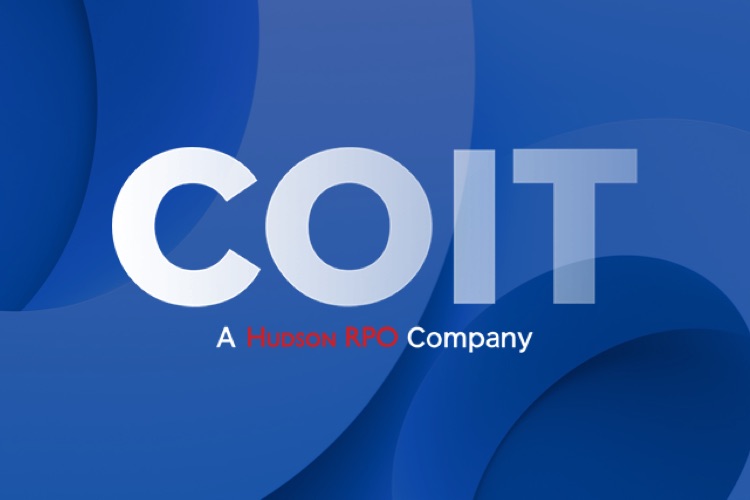The Chief Executive Officer is the most sought-after position in business. It is more exciting, rewarding, and influential than any other, and not to mention powerful – what the CEO controls typically accounts for a whopping 45% of a company’s overall performance.
While it has its benefits, the CEO role also comes with heightened scrutiny, and can therefore cause extreme stress and loneliness to those who take on this position. It doesn’t help that there isn’t clear information on what those who wish to become a CEO can do to prepare for this specialized role.
Of course, requirements differ among industries, but there’s no denying that there is a real lack of guidelines for the oh-so-highly-coveted CEO role. So, how can anyone know what is required to excel as a CEO? That’s exactly what Carolyn Dewar, Martin Hirt, and Scott Keller of McKinsey & Company set out to explain in their article. They discovered the following four practices that the most successful CEOs all have in common.
A Strong Corporate Strategy
It’s important for a leader to have a strong sense of direction for their organization. The CEO is the ultimate decision maker when it comes to the vision of the company, so he or she should always have a clear-cut plan in place in case of emergency.
You can also go one step further by striving to reframe the meaning of success at your organization. By setting defined metrics of success, it casts key performance measures in a different light, which serves to cut through the biases and social dynamics that lead to complacency.
Equally Manage Performance and Health
The most successful CEOs put equal effort into achieving greatness on both strategy and talent. Many of them say that they regretted waiting too long to move lesser performers out of important roles. Alternatively, many also say that they regretted not recognizing the growth potential of certain employees and elevating their positions sooner.
The best CEOs think systematically about their team members: the role each one plays, what they are capable of achieving, and ways in which the company can operate to maximize people’s impact. Take a methodical approach to matching talent with the roles that create the most value within your organization.
Put Dynamics First
The dynamics of your team have a significant influence on your company’s success. Yet, the majority of executives report that their top team is underperforming, and their CEO is often not aware of this reality. So, why the disconnect?
The answer is a social one. Complex group dynamics can decrease the effectiveness of your team and its processes. Excellent CEOs recognize this fact and work to counteract it by showing resolve, defending against biases during decision-making, and ensuring coherence in management processes.
Increase Board Engagement
Your organization’s board has a mission to oversee efforts that create long-term value. When CEOs work together with their board members, it facilitates better overall business performance and even higher market valuations.
While many CEOs only see their board as a “necessary evil”, excellent CEOs can take steps to boost the quality of their board’s advice by promoting a forward-looking agenda, developing strong relationships with members, and developing a structured onboarding process for new board members.
Newsletter
Blog Categories
Recent Posts

[Tech x Talent Dashboard] It’s time to change DEI metrics and tactics

3 Quick Tips to Improve Your Hiring Process

Beyond the Checkbox: DEI in 2024 and Beyond

The Unexpected Secret to Effective Rapid Response Hiring




